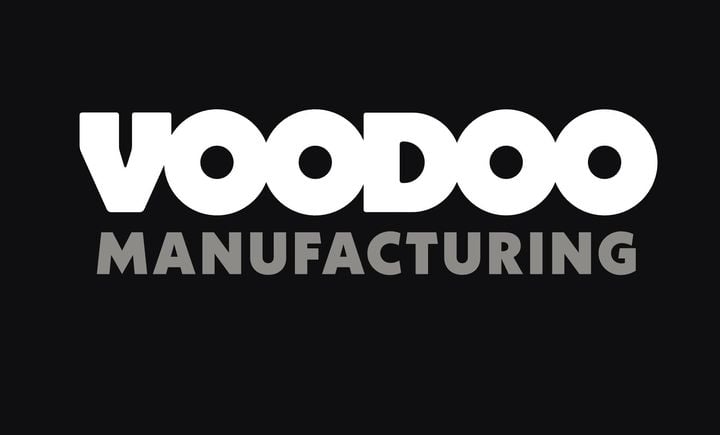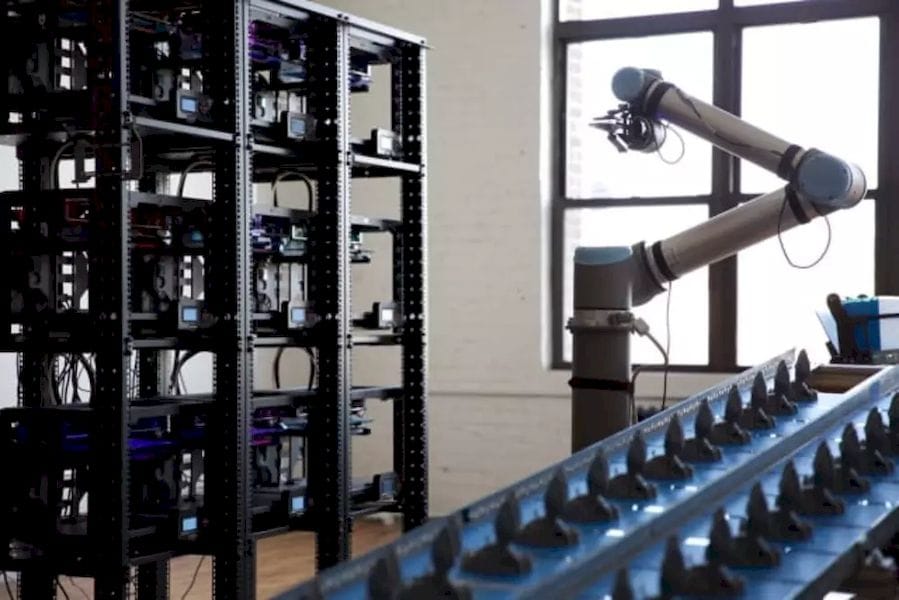
We’ve learned that NYC-based Voodoo Manufacturing has closed its doors.
The company launched several years ago with a mission to provide a low-cost manufacturing option by leveraging 3D printing. Their approach was to use inexpensive (at the time) MakerBot 3D printers, and automate the operational process using robotic systems to move build plates around.
Now the company announced they have closed their doors. They say:
“Dear Voodoo Manufacturing community,
It’s with a heavy heart that we announce that Voodoo Manufacturing has permanently closed its doors.”
The immediate question is, why did they close? Will that affect anyone else in a similar business? They explain their closure:
“COVID-19 was challenging for everyone, but we tried to continue going. We repurposed our factory to make PPE in order to help fight the pandemic and through donations and individual purchases, we were able to distribute more than 15,000 protective face shields across the U.S. Unfortunately, without a clear end to the current health crisis, Voodoo Manufacturing couldn’t make it to the other side.”
That may be true, but there’s likely more to the story. Similar conditions have been imposed on all other 3D print services, and as far as I can tell they are, in general, doing well or even have increased business.
What could have been the problem with Voodoo Manufacturing? What caused them to fail while others have not, at least not yet?
Why Did Voodoo Manufacturing Fail?
I suspect there are a couple of reasons, technical- and business-wise.
Technically the company might not have been optimized as much as they could have been. My understanding is that they operated a fleet of 160+ MakerBot devices and used a robotic system for labor automation.
In retrospect, older MakerBot machines might not have been the best tool for this type of work. While those earlier Replicators might have been fine for individuals, operating a large fleet could generate a lot of tweaking, tuning, maintenance and other unexpected costs. If one were building an array of machines for production today you probably wouldn’t use that type of machine.

Yet Voodoo was competing against other operations that likely had more advanced equipment optimized for this type of work. That difference would eventually be reflected in product quality, reliability and cost. In other words, their older technology may have made it harder to compete today.
In the business space we’ve seen a big push towards 3D printing options due to the pandemic. What seems to have happened is this: supply chains were disrupted as they were fragile due to optimization of cost, not resilience. Many manufacturers have now “learned their lesson”, and have begun to introduce 3D printing options that provide for some level of flexibility and immediate response to changing conditions.
For some reason Voodoo Manufacturing was unable to catch onto that new wave, while other 3D print services were able to do so. It may be that Voodoo Manufacturing simply didn’t have the appropriate marketing reach to connect the dots, while their competitors did.
Our friends at 3DPMN have another theory: bad attitude. Davide Sher writes:
“They never answered any request for information, never set up a proper communication structure, often giving the impression they felt they were better than everyone else. It’s not necessarily the business model that was off, it was the attitude.”
Whatever the reason, Voodoo Manufacturing is now gone forever. I’ll remember them as one of the first companies to try to popularize the concept of low-volume manufacturing, which is now so widespread it isn’t even referred to in that way anymore.
